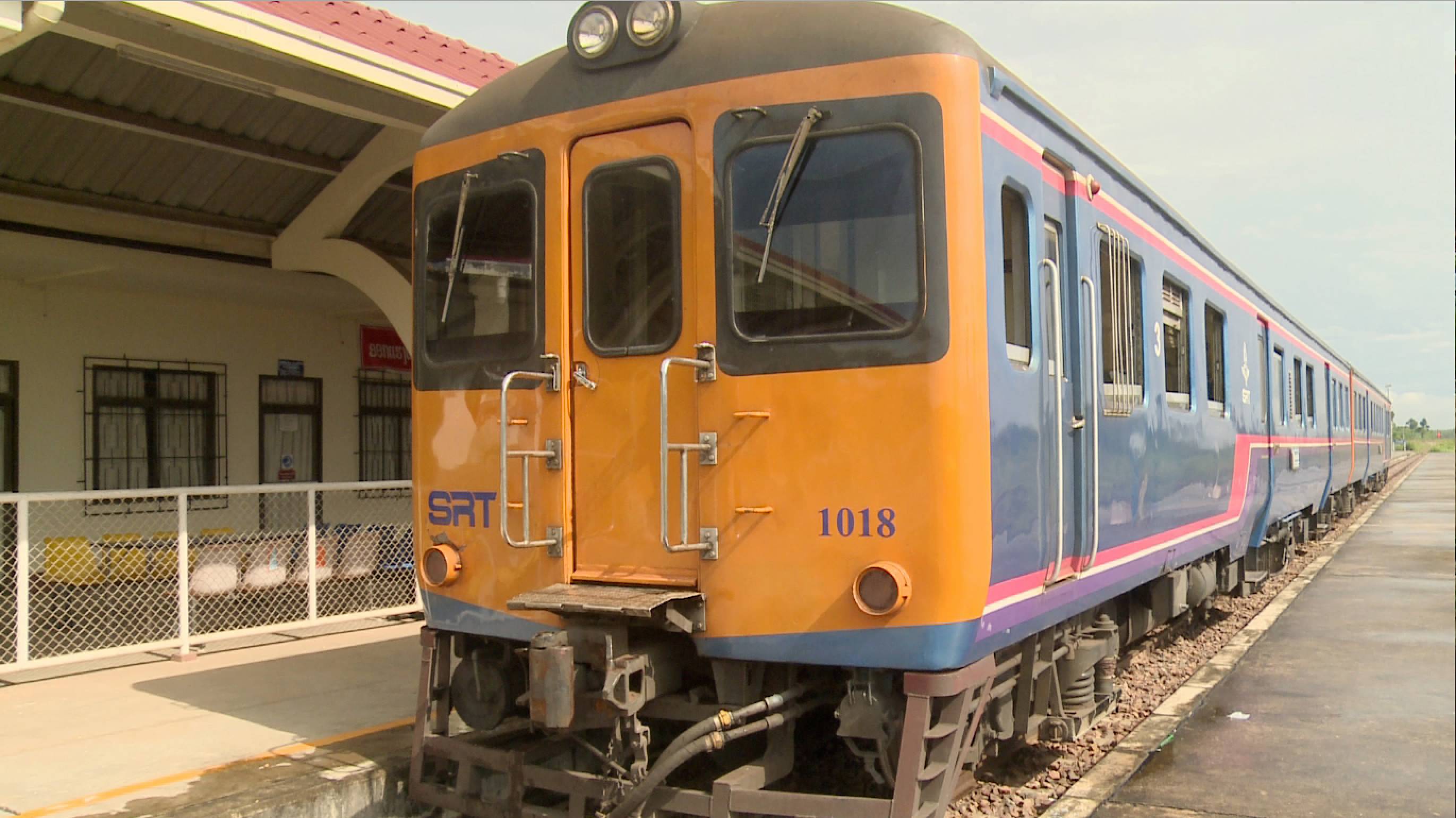Hundreds of young people from Laos’ many ethnic groups wearing national costumes, and waving Laotian and Chinese flags greeted President Xi’s limousine as it arrived at the country's presidential palace.
But their rosy cheeks and warm smiles don’t reflect the challenges Laos faces as one of the world’s least developed countries. The raft of agreements signed during President Xi’s state visit has the potential to increase their chances of enjoying a brighter future.

Chinese President Xi Jinping (R) meets with former Lao President Choummaly Saygnasone in Vientiane, November 13, 2017. /Xinhua Photo.
Chinese President Xi Jinping (R) meets with former Lao President Choummaly Saygnasone in Vientiane, November 13, 2017. /Xinhua Photo.
Steven Cleary, a former Xinhua reporter in Laos turned independent analyst, told CGTN: “Those projects and agreements that have been made are really crucial because they’re looking at both hard and soft infrastructure and Laos has pressing needs in both areas, whether it be physical connectivity with the transport and electricity and those kinds of things which China has great experience but also human resources.”
Among its needs, Laos is working towards creating skills training for its people. Its countryside is still riddled with millions of unexploded cluster munitions dropped by the US during the Vietnam War, making people fearful of expanding their cultivation of arable land. And startlingly for a country in one of the world’s breadbaskets, it has persistently high levels of malnutrition, not due to lack of food, but poor diet, and high levels of stunted growth among young children.

Laos lags well behind most of its ASEAN neighbors economically. /CGTN Photo
Laos lags well behind most of its ASEAN neighbors economically. /CGTN Photo

Bomb craters in rural Laos a reminder of the deadly legacy still under the soil. /CGTN Photo
Bomb craters in rural Laos a reminder of the deadly legacy still under the soil. /CGTN Photo
Its infrastructure is sorely lacking. It’s only rail line runs a mere couple of kilometers between a dusty wasteland outside the capital and the Thai border.
President Xi has vowed to push ahead with plans to build an electric train link from Kunming in China’s southwestern province of Yunnan to Vientiane and on to the Thai border – a key missing link in the ASEAN portion of the Belt and Road, as well as agreeing to projects on electrical transmission and highway construction.

A couple of kilometers line from the outskirts of the capital to the Thai border is the entire rail system in Laos. /CGTN Photo
A couple of kilometers line from the outskirts of the capital to the Thai border is the entire rail system in Laos. /CGTN Photo
In addition, there were promises of initiatives to aid the social development side: Helping Laos develop its human resources, assisting it in science and technology and in health care.
Not only did the president oversee the laying of the foundation stone for a major hospital project China will undertake, it will also provide all the equipment and train the staff.

Laos desperately needs to improve its education and skills training. /CGTN Photo
Laos desperately needs to improve its education and skills training. /CGTN Photo

Malnutrition is a persistent problem in Laos. /CGTN Photo
Malnutrition is a persistent problem in Laos. /CGTN Photo
Aside from raising interest in Laos among Chinese businesses and giving an already rapidly growing trade and investment a further boost, President Xi said he wanted to see the countries cooperate more in the sphere of social welfare.

Tourism is one of the big growth areas for the Lao economy. /CGTN Photo
Tourism is one of the big growth areas for the Lao economy. /CGTN Photo
And in years to come, the people of Laos may come to see the importance of this visit in improving connectivity, creating new business opportunities, and ultimately helping Laos close the gap between itself and its more developed ASEAN neighbors.









